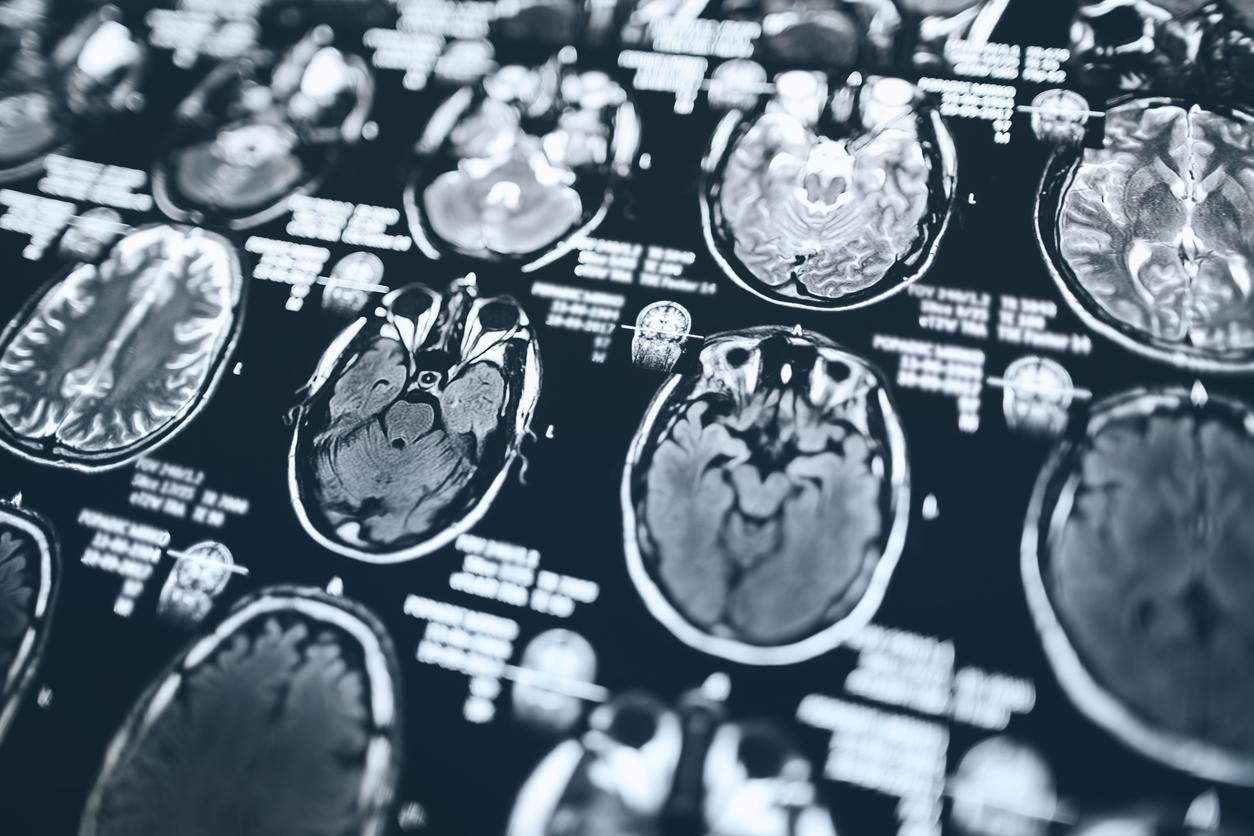Narcolepsy, which is a sudden and uncontrollable drowsiness, and cataplexy, which designates the loss of muscle tone responsible for falls, are activated by the same neurons. Succeeding in deactivating them would make it possible to carry out treatments for people suffering from sleep disorders.
-1610633290.jpg)
- Cataplexy and narcolepsy are caused by active neurons located in the ventral spinal cord.
- By deactivating this zone, it is possible to stop the disorders and restore quality sleep.
Sleep disorders can take many forms. Whether it is narcolepsy or cataplexy, they all have effects on the quality of sleep, which is essential for the proper functioning of the body. Researchers at the University of Tsukuba (Japan) have discovered which neurons in the brain are responsible for these sleep disorders. The results of the study were published on Journal of Neuroscience on December 28, 2020.
Narcolepsy is characterized by suddenly falling asleep at any time of the day while cataplexy is a related condition in which people suddenly lose muscle tone and collapse. Although they are awake, their muscles act as if they are in REM sleep. The researchers believe that neurons may be linked to this activity.
An overactive group of neurons
According to them, there is a correlation between REM sleep and dreams. When we sleep, our eyes move back and forth while the body stays still. This state of near paralysis of the muscles during dreaming is called REM sleep amyotrophy. However, in some people, instead of being inactive during REM sleep, the muscles remain in motion. It can range from simple spasms to actual movements and the phenomenon is related to REM sleep.
Seeking to find the answer in mice suffering from narcolepsy and cataplexy, the researchers got their hands on a specific group of neurons located in the ventral spinal cord, which receives help from another area called the tegmentary nucleus. sublateralodorsal. According to them, it is these neurons that normally prevent uncontrolled muscle movements during REM sleep. “The anatomy of the neurons we found matches what we know, explains Takeshi Sakurai, professor. University of Tsukuba. They were connected to neurons that control voluntary movement, but not those that control eye muscles or internal organs. They were mostly inhibitory, meaning they can prevent muscle movement when active.”
Control muscles to improve sleep
By blocking these neurons in the mice, they began to move during their sleep, in the same way as a person suffering from REM sleep behavior disorder would. “We found that silencing the sublateralodorsal tegmentary nucleus and the ventral spinal cord reduced the number of cataplex attacks,” points out Takeshi Sakurai.
In their conclusion, the researchers point out that this experiment showed that these special circuits control muscle atony in both REM sleep and cataplexy. “The glycinergic neurons we have identified in the ventral spinal cord could be a good target for drug therapies in people with narcolepsy, cataplexy or REM sleep behavior disorderexplains Takeshi Sakurai. Future studies should examine how emotions, which are known to trigger cataplexy, can affect these neurons..”
.
















